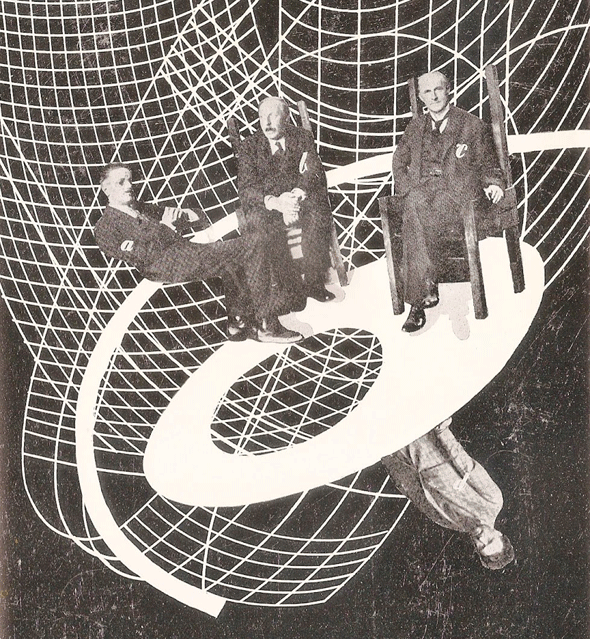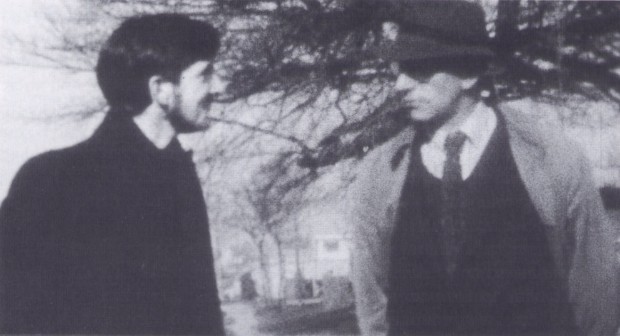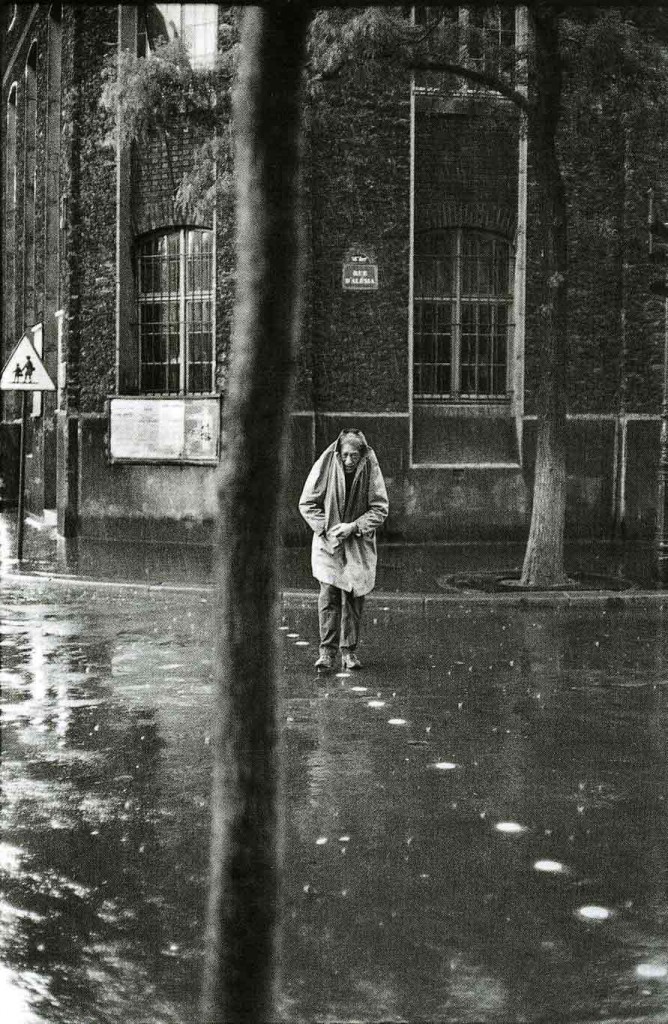Where the Dead Voices Gather

By Susan Tomaselli.
‘Mr Yeats has been speaking to me of your writing.’ In December 1913, Ezra Pound wrote to James Joyce asking permission to include a poem of his, ‘I Hear an Army,’ in the anthology Des Imagistes. Joyce, living in self imposed exile in Trieste and struggling to make ends meet – he had yet to make money from his writing – readily agreed. ‘This is the first time I have written to any one outside of my own circle of acquaintance (save in the case of French authors)… I am bonae voluntatis – don’t in the least know that I can be of any use to you – or you to me. From what W.B.Y. says, I imagine we have a hate or two in common – but thats [sic] a very problematical bond on introduction.’
Joyce sent Pound more work, and Pound, drawn to Joyce’s tribulations with censorious publishers – it took Joyce almost ten years for Dubliners to be published without expurgation – took up the cause. Acting as Joyce’s unpaid agent, Pound used his connections as literary correspondent and editor to shepherd A Portrait of the Artist as a Young Man – as a serialisation in Harriet Shaw Weaver’s The Egoist in 1914 – and parts of Ulysses – first serial publication in The Little Review in 1918 – into print.
‘Enter a skinny, shabby Irishman and a natty, quietly sinister American,’ as Kevin Jackson describes them, ‘hellbent on exploding everything that realistic fiction and Georgian poetry held dear … Language has rebelled against the tyranny of subject matter and character, and become the leading character in its own right. The horror!’

![[Image]](http://gorse.ie/wp-content/uploads/2014/06/image1-e1401696827400.jpg)


